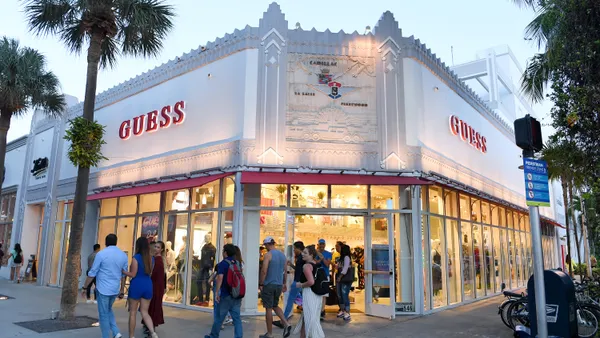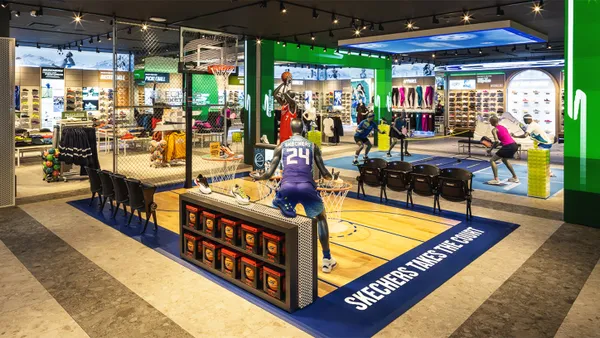Dive Brief:
-
One in five Gen Zers, or 21%, say that Snapchat influences their purchase decisions — twice as much as their millennial counterparts, according to a recent study by Yes Lifecycle Marketing emailed to Retail Dive.
-
The study found that social media more broadly had a big impact on younger shoppers, with more than 80% of Gen Z influenced by social media in their shopping and 74% of millennials. These numbers drop significantly when compared to Generation X (58%) and Baby Boomers (41%).
-
In particular, Gen Z is much more influenced by Instagram (44%), Snapchat (21%) and YouTube (32%) than other generations. Millennials, second in each of these categories, matches up at 21%, 11% and 22% respectively, demonstrating how much of an impact social media has with the emerging consumer base.
Dive Insight:
Growing up in a world that has always had internet, Gen Z is heavily influenced by social media. With ready and constant access to their mobile phones, apps like Instagram and Snapchat are easily accessible and — it turns out — influential.
Although Instagram and Snapchat were cited as the most influential for Gen Z shoppers, the young generation tends to be abhorrent to having ads on their phones, according to research from Kantar Millward Brown. This presents a problem for retailers trying to take advantage of Gen Z’s reliance on social media, as mobile apps are a main access point for the younger generations.
Although older generations expressed little interest in Snapchat, YouTube and Instagram, both Baby Boomers and Gen X found Facebook relatively influential (38% and 44% respectively) and Pinterest posted the same amount of influence across the board (about 12% to 16% for each generation).
“When targeting Centennials, cross-channel is key,” the report states. “These shoppers expect quality experiences across the board, including in-store and direct mail. But the kicker is that they’re also more likely to use social media and mobile when shopping, because they consider these channels equally as important as email. This means that marketers must create a consistent and cohesive cross-channel experience with messaging that focuses on your product or services’ quality, not price.”
Indeed, the research supports other findings that Gen Z is relatively unconcerned with price and is more likely to buy luxury brands than millennials, according to InMarket. Perhaps more importantly, though, the study reveals how powerful and far-reaching social media can be for retailers.
The consistent use of Pinterest across age groups might explain why retailers like West Elm are using the platform to generate product recommendations for customers. Additionally, Pinterest’s recent update to its Lens feature, made it easier for users to find ideas inspired by a look they liked and suggests that the company is looking to expand its shopping influence over social media users.
In May, Snapchat released three new ad products for marketers to help them better reach their target audience, as well as expanding augmented reality capabilities for marketers and in June the company made adjustments to better accommodate smaller businesses on the platform.
Erin Gade, a marketing strategist at Yes Lifecycle Marketing and one of the key researchers for the report, said she sees social media becoming an increasingly large factor for all age groups, not just Gen Z.
"I imagine nothing but [social media] growing and I imagine more social platforms coming on board as we move through the years," Gade says. Social media marketing will "span across all generations in the near future," she said, once retailers figure out how best to market through it.
But for Gen Z, there’s no question: retail is online, on mobile and on social media. Brands that don’t want to get left behind will prepare marketing strategies that include the social media outlets Gen Z is turning to before making purchase decisions.













